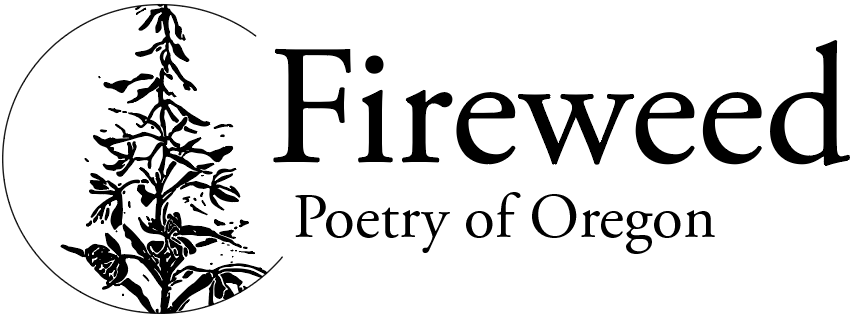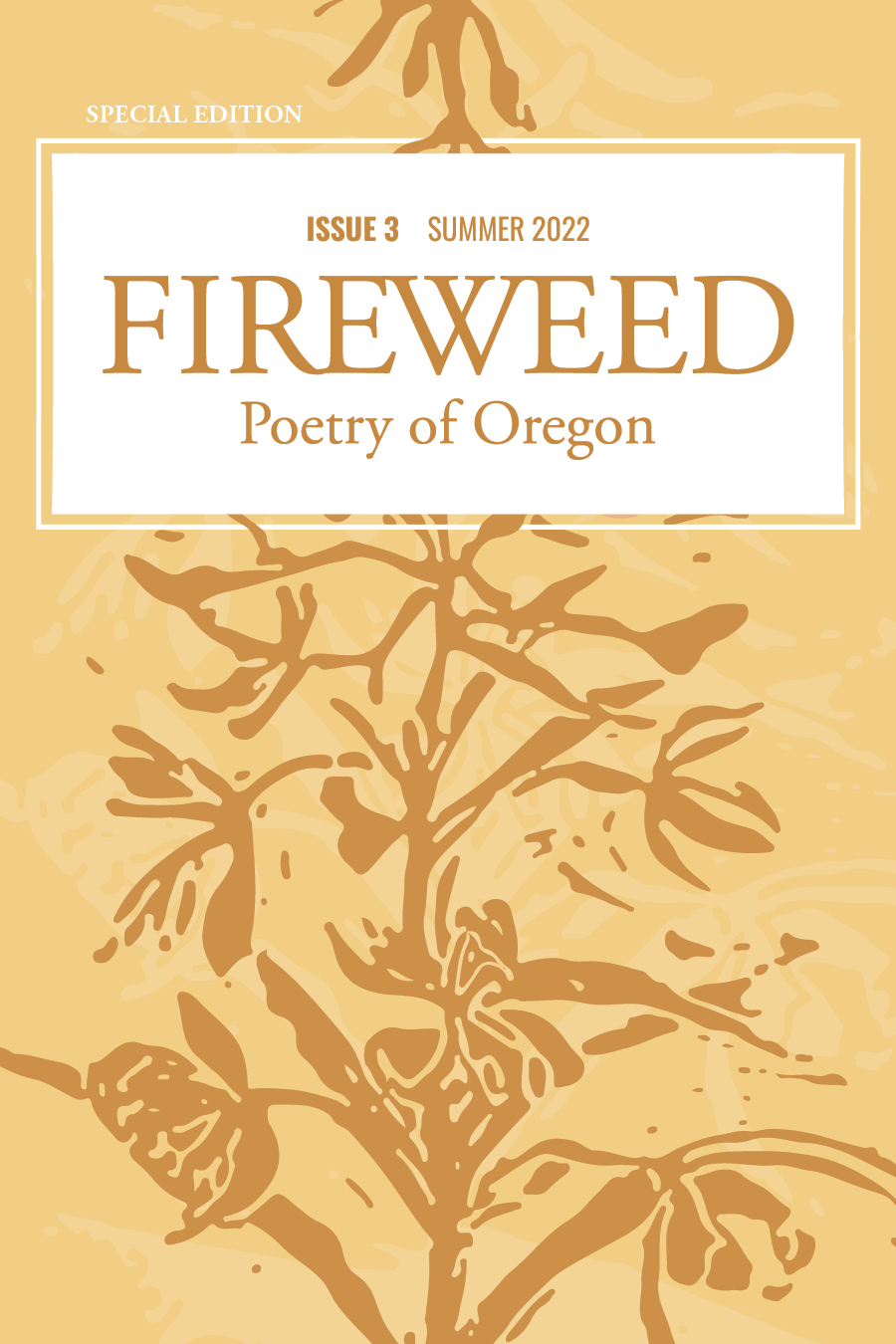Who We Are
Fireweed: Poetry of Oregon aims to highlight and publish Oregon’s finest poets and represent the voices from all corners of the state. Fireweed will also preserve the poets, staff, and legacy of its past and honor the diversity of the people who call this state home.

Other names: Tall Willowherb, Blooming Sally
Height: 2 to 6 feet
Season: June to SeptemberFireweed is often the first plant to grows
in an area devastated by a forest fire. It
helps enrich the burned area so that
other plants can move back in. The flower
blooms from the bottom, so
you may see seedpods, flowers, and
buds on one plant. The seeds can be
carried long distances by their small
parachute-like hairs.


